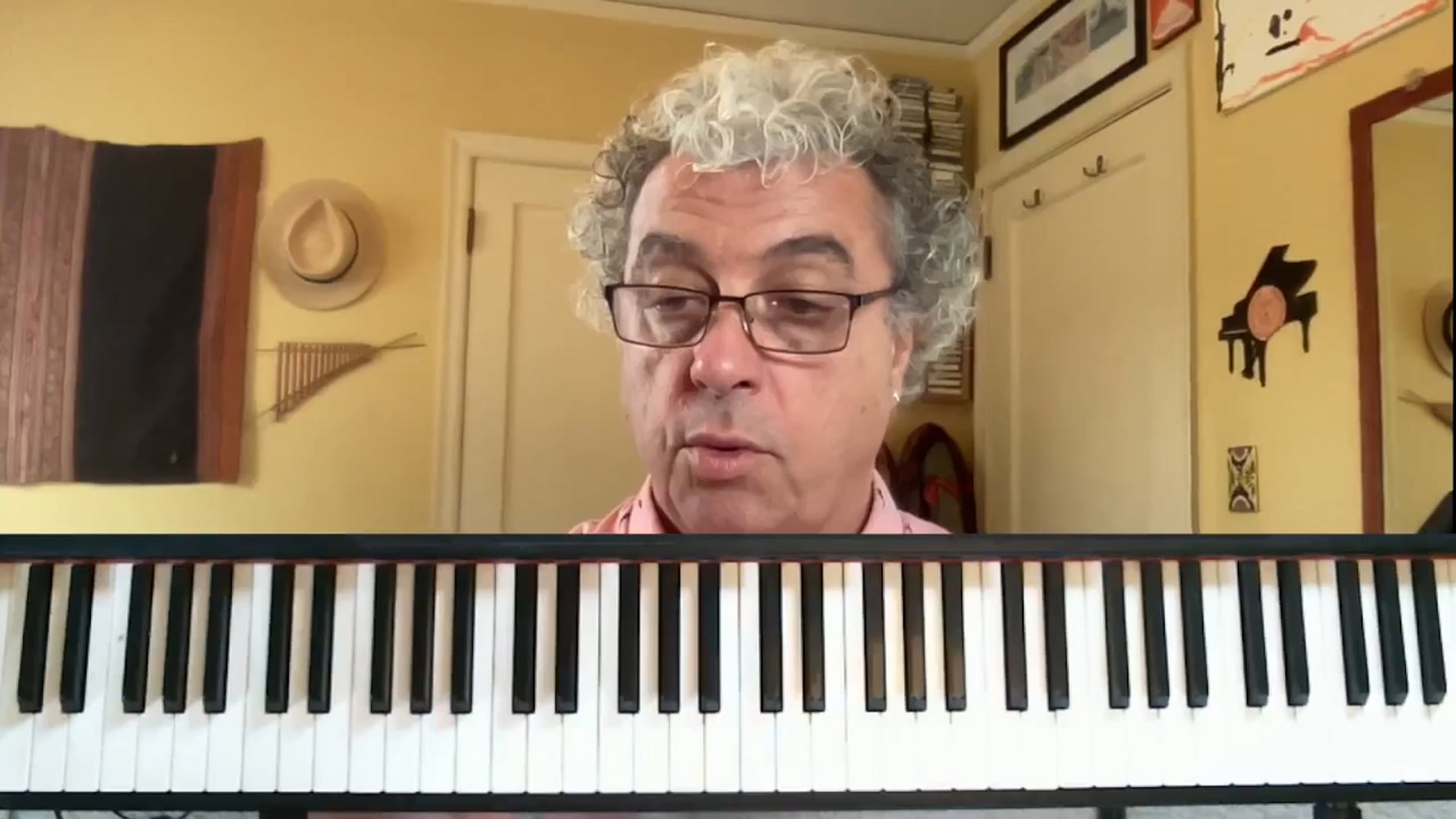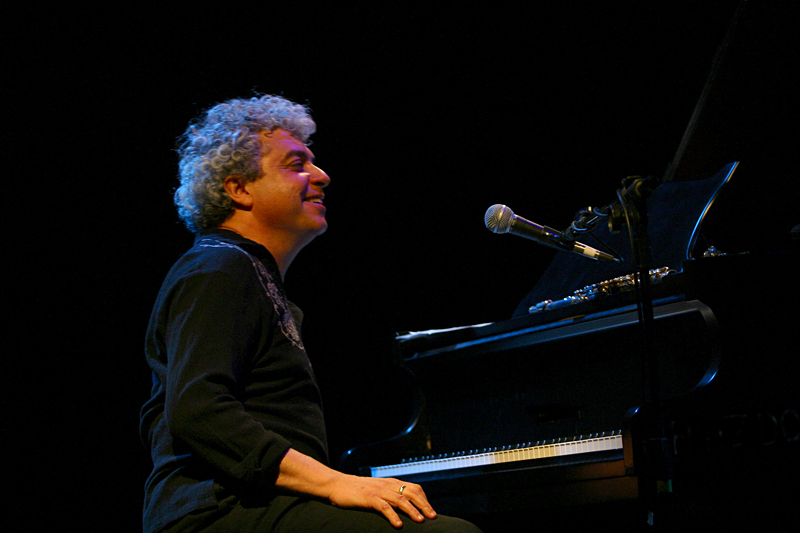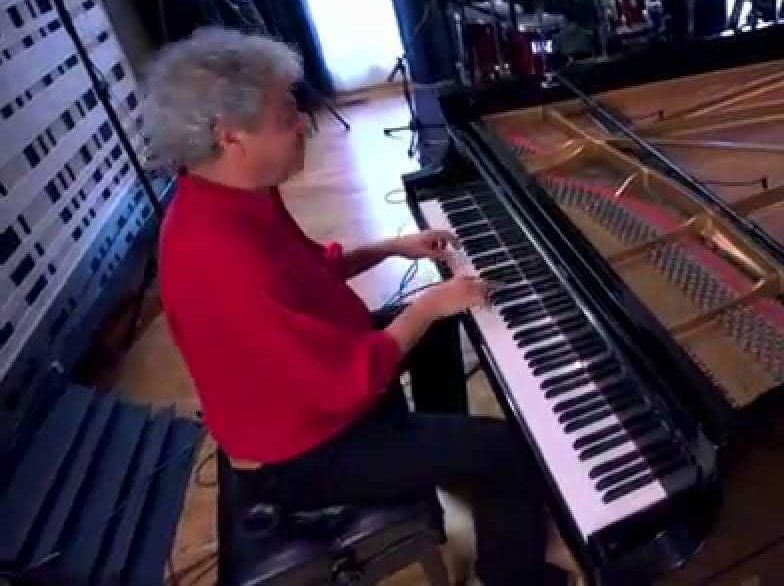

Jovino Santos Neto
Three-time Latin Grammy nominee Jovino Santos Neto, a master pianist, composer and arranger, is among the top Brazilian musicians working today.
Seminar Description
Seminar Description
Exploring 3/4 Time & Jazz Waltz Grooves
Welcome to this in-depth seminar on playing in 3/4 time. Most jazz standards are in 4/4, but 3/4 introduces new rhythmic flexibility, allowing for creative phrasing, polyrhythms, and unique grooves. In this lesson, we explore jazz waltz, Brazilian rhythms in 3/4, and cross-rhythms that will enhance your rhythmic independence and improvisational skills.
The Jazz Waltz Feel
One of the most common jazz applications of 3/4 time is the jazz waltz. Unlike the traditional "square waltz," which has a strict 1-2-3 feel, the jazz waltz swings, often incorporating walking bass lines and syncopation. Classic tunes such as "Someday My Prince Will Come" exemplify this feel, with a flowing, triplet-based groove.
The key to mastering jazz waltz is internalizing the swing eighth-note feel, where the second and third beats have a subtle push and pull. By accenting the second eighth note of each beat, the waltz develops its signature bounce and fluidity.
Brazilian Rhythms in 3/4
In Brazilian music, 3/4 time is used in various ways beyond the jazz waltz. The samba in 3 introduces a rhythmic complexity that differs from the traditional 2/4 samba feel. The clave-like accents in Brazilian waltzes and sambas add a lilting forward motion, making them ideal for expressive phrasing.
For example, a samba in 3 might feature a quarter-note pulse in the left hand while the right-hand plays syncopated rhythms, allowing for a conversational, interactive feel between hands. Brazilian composers such as Milton Nascimento and Antonio Carlos Jobim have written beautiful pieces in this style.
Developing Rhythmic Independence: 4 Over 3
A crucial skill for any jazz pianist is the ability to play multiple rhythms at once. A great exercise for this is practicing four beats over a 3/4 groove (4:3 polyrhythm). This involves:
- Keeping a steady 3/4 pulse with one hand
- Playing four evenly spaced notes per measure with the other hand
This creates a cross-rhythm that builds flexibility in phrasing and groove. Practicing these rhythmic shifts allows for more fluid transitions between different feels within a song.
Applying Polyrhythms & Cross-Rhythms
Once comfortable with 4:3, you can explore more advanced polyrhythmic ideas, such as shifting between:
- Swung 3/4 and straight 3/4
- Three-note groupings over four beats
- Dotted eighth-note phrases that blur the measure divisions
This rhythmic freedom is what makes jazz so dynamic. It allows you to play behind or ahead of the beat, stretching time while staying grounded in the groove.
Practice Tips
-
Start Simple with a Walking Bass
- Play root notes in a steady quarter-note pulse while comping simple voicings.
-
Experiment with Accents – Play a jazz waltz emphasizing beat 2 to capture the swing feel.
-
Practice 4:3 Cross-Rhythms – Tap a 3/4 pulse with one hand and play four even notes per measure with the other.
-
Alternate Between Swung & Straight Feel – Play Someday My Prince Will Come in both jazz waltz and straight Brazilian waltz feels.
- Apply These Concepts to Tunes – Try playing standards like "A Child Is Born" or "Someday My Prince Will Come" while incorporating syncopation and cross-rhythms.
Mastering 3/4 time opens up a world of rhythmic possibilities. Whether you’re swinging through a jazz waltz or exploring Brazilian grooves, these techniques will make your playing more dynamic and expressive. Keep practicing, and enjoy the rhythmic journey!







I enjoyed and picked up on ideas I’d not been exposed to before. The combinations of right/left hand rhythms introduce countless innovations. I have a tendency to only think in terms of novel licks or scales so this useful.